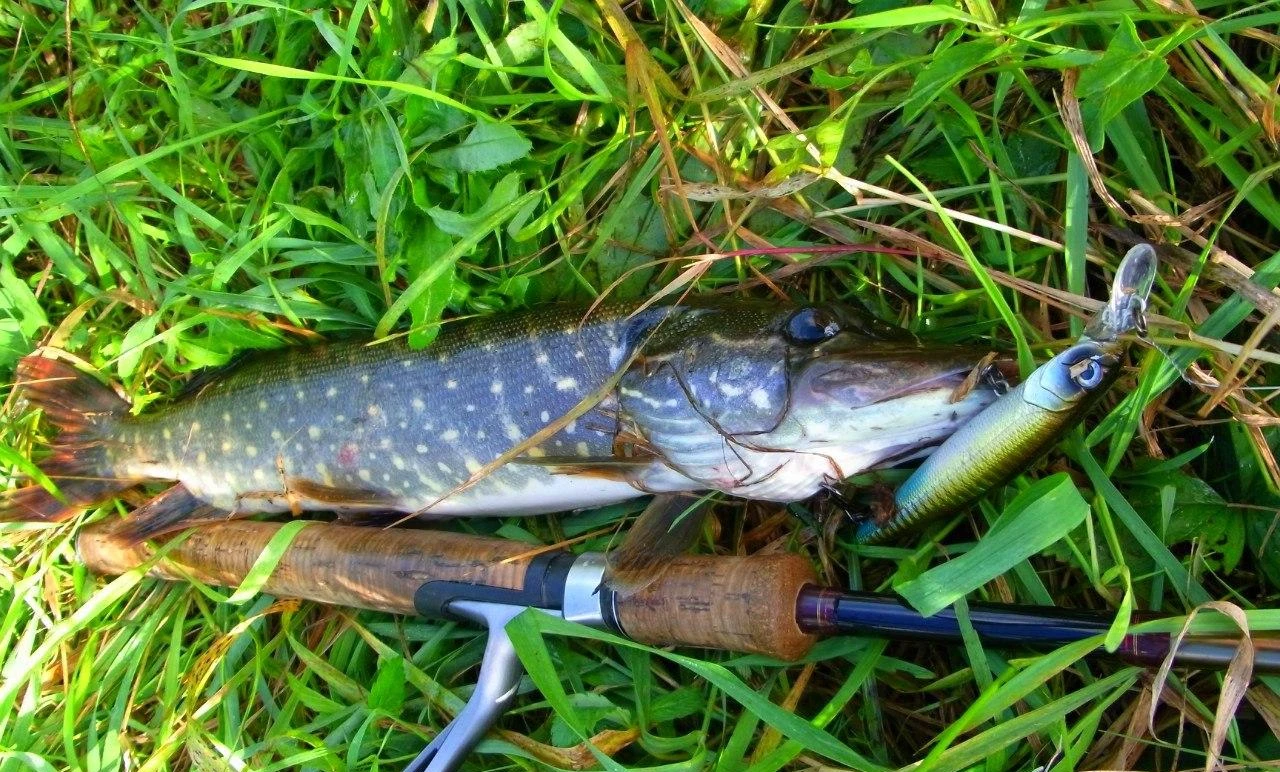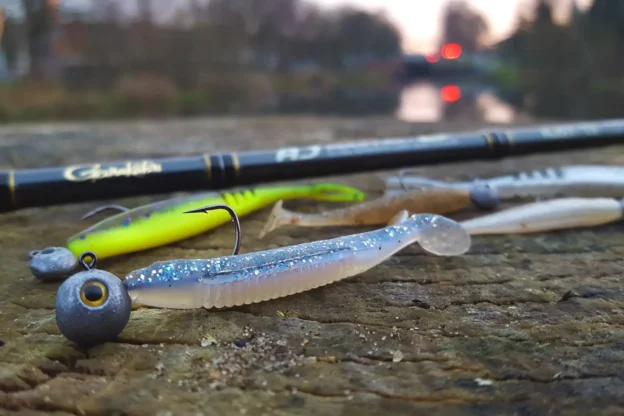Žvejyba Twichingu – tai voblerio pravedimas, kuris imituoja sužeistos žuvies judesius spiningo trūktelėjimų pagalba. Žvejyba twichingu dažniausiai naudojama lydekų žvejyboje, bet ešeriai irgi dažnas laimikis.
Vobleris laikomas sunkiausiai valdomu masalu. Todėl pradedantiesiems žvejyba twichingu įvaldyti nėra lengva. Twitchingas yra kūrybinis procesas, pagrįstas konkretaus voblerio modelio savybių turėjimu ir jų panaudojimu tam tikrose situacijose.
Kiekvienas žvejys žūklės metu susikuria savo animacijos schemą, stilių ir t.t.. Visa tai ateina su patirtimi ir praktika. Tačiau yra tam tikras twichingo technikos pagrindas, kuriuo remiantis bus kuriamas savitas twichingo stilius.
Būtent apie šią žinių bazę ir bus kalbama šiame straipsnyje, pirmiausia skirta pradedantiesiems, kurie tik pradėjo žvejybą twichingu.
Iš karto noriu pasakyti, kad čia bus aprašytas mano požiūris į žvejybos vobleriu techniką ir tai nėra aksioma. Kaip jau minėjau ankščiau, žvejyba twichingu yra kūrybiškas požiūris ir procesas.
Twichingo pravedimo pagrindas
Kad ir kaip banalu tai atrodytų, bet pagrindinis ir standartinis pravedimas atrodo taip:
- Užmetimas
- Ritės ar spiningo traukimo pagalba panardiname voblerį į darbinį gylį
- Suteikiame valui šiek tiek laisvumo
- Su meškerės viršūnėle padarome 2 trūktelėjimus
- Padarome pauzę
- Dar vienas trūktelėjimas
- Ir taip toliau
Jokių kitų manipuliacijų nereikia. Ateityje su praktika šį pravedimą pasikeisite pagal savo stilių ir naudojamus voblerius. Šis pravedimas leidžia išprovokuoti aktyvų plėšrūną pulti Jūsų voblerį.
Tačiau reikia nepamiršti, kad kiekvienas vobleris turi savo „žaidimą”. Vieniems vobleriams reikia silpnų truktelėjimų kitiems vobleriams stiprių. Todėl jeigu vobleris Jums yra naujas ir nežinomas prieš pradedant žvejyba pasitikrinkite kaip jis dirba prie kranto, kad atrastumėte tinkamą truktelėjimo stiprumą.
Taip pat siūlyčiau paskaityti mano straipsnį apie populiariausius voblerius lydekų žvejybai. Jame rasite daug naudingos informacijos.
Taip pat siūlyčiau pasiskaityti straipsnį kaip pasirinkti voblerį lydekoms.
Žvejyba twichingu – atkreipkite dėmesį!
Twichingo pravedimas daromas ant laisvo valo
Tik jei laikomasi šios taisyklės, vobleris sugeba parodyti savo pravedimo galią, posūkius į šonus, virpėjimo judesius pauzės metu ir t.t.
Po trūkčiojimo būtinai grąžinkite meškerės galiuką į pradinę padėtį ir surinkite laisvą valą (bet ne iki įtempimo!). Jei darysite trūkčiojimus ant įtempto valo, tada vobleris tiesiog tinkamai nedirbs.
Truktelėjimo jėga priklauso nuo voblerio modelio
Kai kuriems voblerių modeliams, gamintojas numato agresyvius pravedimus todėl ir smūgių stiprumas turi būti didesnis, jeigu agresyvų voblerį neužtektinai stipriai truktelėsite jis neparodys viso savo darbo kurį gamintojas jam numatė. Lygiai tas pats galioja pasiviems vobleriams kuriems reikalingi silpnesni truktelėjimai.
Pauzė tarp trūktelėjimų
Neatsiejama animacijos dalis žvejyboje twichingu. Būna atvejų, kai monotoniški judesiai duoda teigiamų rezultatų. Tačiau vobleris yra gudrus masalas ir turi savo kozirį, kuris suveikią būtent per pauzę.
Lėtas voblerio padėties pasikeitimas vandenyje, pakilimas (floating vobleriai), panirimas (sinking vobleriai), – tai tiesiog būtina naudoti. Tai elementai, skirti sujudinti pasyvų plėšrūną ir išprovokuoti kibimą.
Pabaigai
Aukščiau pateiktos rekomendacijos yra pagrindiniai komponentai, kurie yra naudojami pagrindiniuose voblerio pravedimuose. Tačiau noriu pridurti, kad pravedimo technikos keitimas leidžia pasiekti geresnį rezultatą. Pastebėta, kad nestandartinis pravedimas periodiškai įveikia monotonišką pravedimą.
Pradedančiam žvejui iš pradžių žvejyba twichingu atrodys nelengvas uždavinys, o noras pagauti lydeką privers bandyti voblerio žaidimą priderinti prie „auksinio” standarto. Bet vėlgi, tų „auksinių” standartų nėra. Todėl žvejyboje būtina eksperimentuoti ir nestovėti vienoje vietoje užsiciklinus į vieną „auksinį” pravedimą.





